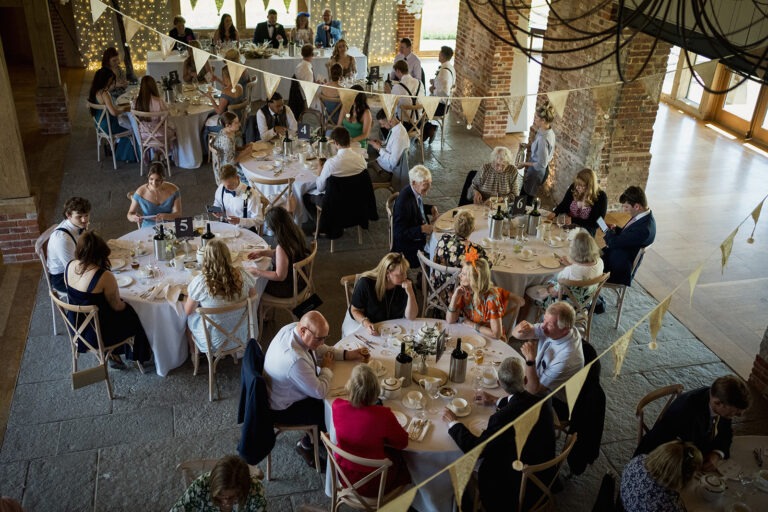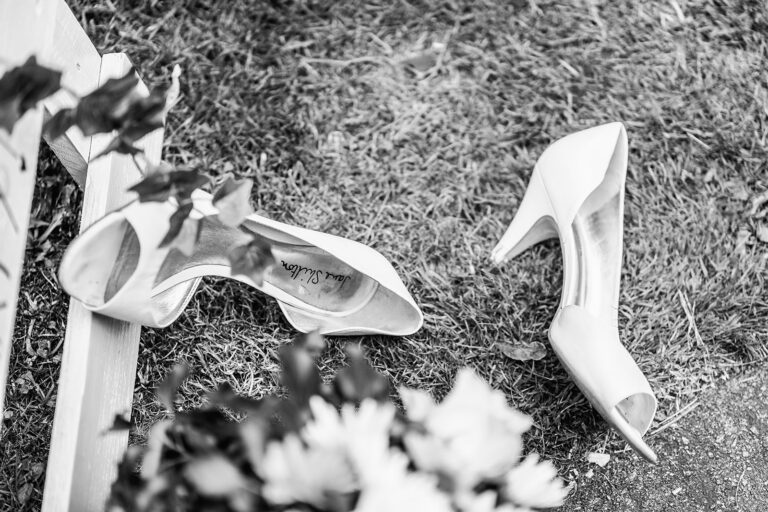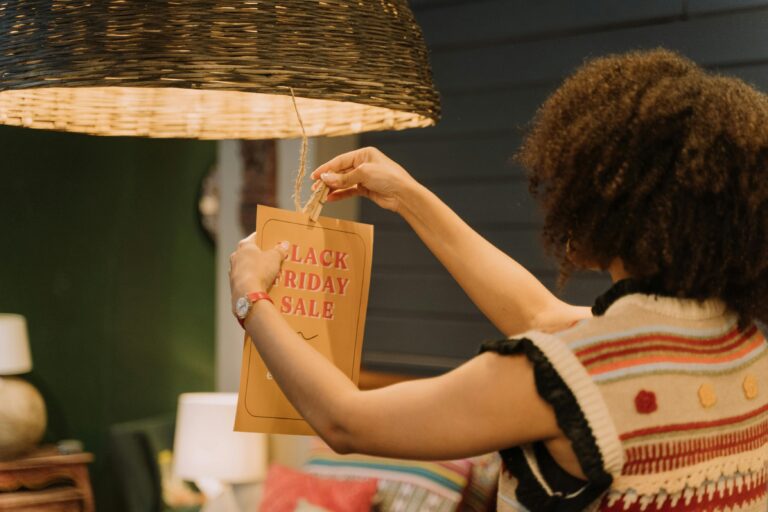Photography is more than just capturing an image; it is about conveying a perspective, telling a story, or documenting reality. In the realm of social issues, the debate surrounding the photographer’s role has been ongoing: should photographers strive for neutrality and objectivity, or is every photograph inherently an argument, shaped by the biases and intentions of the person behind the lens? This question has profound implications for photojournalism, documentary photography, and even commercial work, as it forces us to consider how images influence public opinion and historical narratives.
Some argue that photographers should aim to be neutral documentarians, capturing moments without interference or bias. This is particularly relevant in fields like war photography, political events, or coverage of humanitarian crises. The idea here is that photographers should act as observers rather than participants, ensuring that their images present the truth without manipulation. The ethics of photojournalism often emphasise accuracy, discouraging photographers from staging shots or using post-processing techniques that alter the reality of what was captured. However, true neutrality is difficult to achieve, as choices like framing, lighting, and timing all contribute to the way an image is perceived. Even the decision to photograph a certain subject over another is a subjective choice that influences the narrative being told.
The Fine Line Between Objectivity and Subjectivity
On the other hand, many believe that photography is inherently a form of storytelling, and with that comes a certain level of subjectivity. A photograph does not just show what is happening; it also shapes how the viewer interprets the event. By choosing what to include and exclude in a frame, the photographer inevitably crafts a perspective. Some photographers argue that their role is not just to document reality but to highlight injustices, inspire change, or bring awareness to social issues. The history of photography is full of examples where powerful images have shaped public discourse, from images of the Vietnam War that fueled anti-war sentiment to the haunting portraits of child labourers that helped drive social reform.
The power of photography lies in its ability to evoke emotion and provoke thought. Whether intentionally or not, a photograph can be persuasive. This is particularly relevant in cases where images are used in advocacy or activism. Consider images of climate change, refugee crises, or civil rights movements—these photographs often do more than document events; they tell stories designed to elicit empathy and inspire action. In these cases, photographers often take an active role in shaping how their work is received, choosing compositions that reinforce the urgency or gravity of the situation.
Ethical Dilemmas in Documentary Photography
The ethical challenges faced by documentary photographers are vast. Photographers must consider whether they are accurately representing their subjects or inadvertently exploiting them. One of the most significant dilemmas is consent—should a photographer always obtain permission before taking a picture of someone in a vulnerable situation? In some cases, doing so may compromise the authenticity of the moment, while in others, failing to ask may be seen as an invasion of privacy.
Another challenge is the impact of an image on its subject. A photograph taken with good intentions can have unintended negative consequences, particularly in politically sensitive situations. For example, an image of a protester could put them at risk of persecution. Similarly, photographs that depict poverty or suffering can sometimes reinforce harmful stereotypes rather than promote understanding. Documentary photographers must navigate these challenges carefully, balancing the need for truthful representation with ethical responsibility.
The Role of Technology in Shaping Narratives
The tension between neutrality and storytelling is not new, but it has become more pronounced in the digital age. With the rise of social media and citizen journalism, anyone with a camera can contribute to global conversations. This democratisation of photography has led to increased scrutiny over the authenticity and ethics of images. Misinformation can spread quickly, and manipulated images can have real-world consequences. The responsibility of the photographer, therefore, has expanded to include not only the ethical considerations of their work but also the potential impact of their images in an era where visual content is constantly shared and repurposed.
The role of artificial intelligence and image editing software also complicates the debate. Advanced editing tools can create hyper-realistic images that blur the line between reality and fiction. Some argue that these technologies enhance storytelling by allowing photographers to refine their artistic vision, while others warn that excessive manipulation can erode trust in photography as a truthful medium. Transparency about post-processing techniques and image alterations has become increasingly important in maintaining credibility.
The Evolution of Visual Storytelling
Photography is a constantly evolving medium, and the debate over its role as documentation or storytelling has shifted over time. Historically, early photographers sought to capture the world in as realistic a manner as possible, often taking cues from painters in their composition. However, as the medium developed, so too did the understanding that photography is not just a passive recording device but a powerful tool for framing narratives.
The introduction of colour photography, digital imaging, and now AI-generated imagery has added further complexity to this conversation. While black-and-white photography was once seen as the ultimate form of documentation, the introduction of colour changed how emotions and reality were perceived in images. Similarly, digital photography allowed for greater flexibility in editing, making it even easier for photographers to shape their messages. Now, AI tools allow for near-instant alterations to photographs, raising further ethical questions about what constitutes an authentic image and how much intervention is acceptable before a photograph ceases to be documentary in nature.
Academic discussions from philosophers such as Susan Sontag in On Photography and John Berger in Ways of Seeing have explored the implications of photography as a tool for shaping ideology and perception. Sontag argues that photographs are “not so much statements as they are invitations to deduce a statement,” implying that interpretation is inevitable. Berger extends this by discussing how context and presentation alter meaning, making the idea of an objective photograph practically impossible. These theories suggest that even when photographers attempt neutrality, their work is still deeply embedded in cultural, political, and personal frameworks.
Conclusion
Ultimately, the debate about whether photographers should be neutral documentarians or subjective storytellers is complex and multifaceted. Perhaps the best approach is a balance between the two—an acknowledgment that complete objectivity is impossible, but that ethical standards should guide how stories are told. Transparency about intent, context, and methodology can help ensure that photography remains a powerful yet responsible tool for documenting and shaping the world around us. Whether capturing a fleeting moment in history or crafting a visual narrative, photographers carry the weight of responsibility in every frame they produce.
Photography is not just a reflection of reality; it is an interpretation of it. The power of a photograph lies in its ability to shape perceptions, inform public discourse, and evoke strong emotions. Photographers, therefore, must be conscious of the responsibility they hold. By striving to find the right balance between documenting and storytelling, photographers can ensure that their work remains both impactful and ethical, serving as a meaningful bridge between the world as it is and the world as it could be.
SEO Keywords:
- Photography ethics and responsibility
- Documentary photography vs storytelling
- Objectivity in photography
- Ethical dilemmas in photojournalism
- Impact of AI on photography
- The role of photographers in social issues
- Visual storytelling techniques
- Photography and media bias
- How photography shapes public perception
- The philosophy of photography





